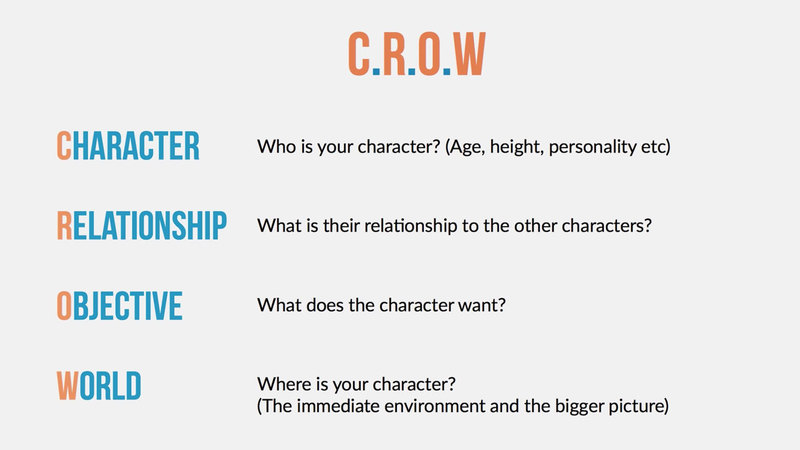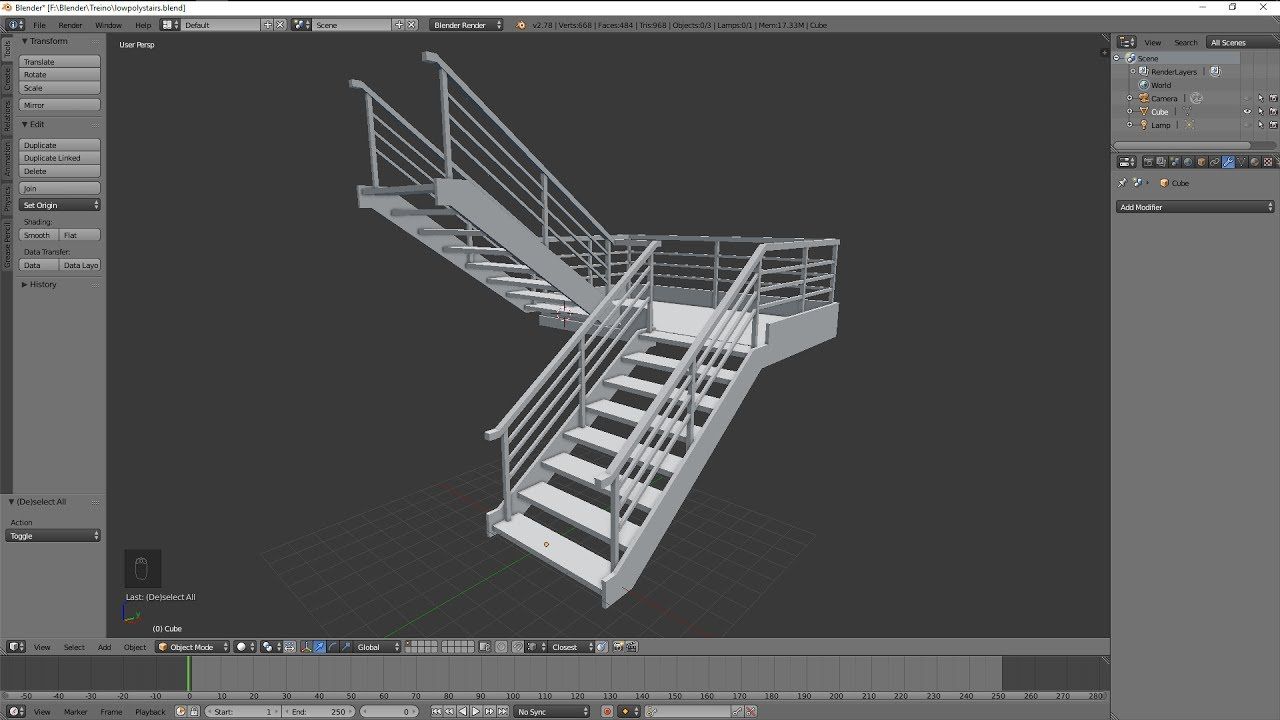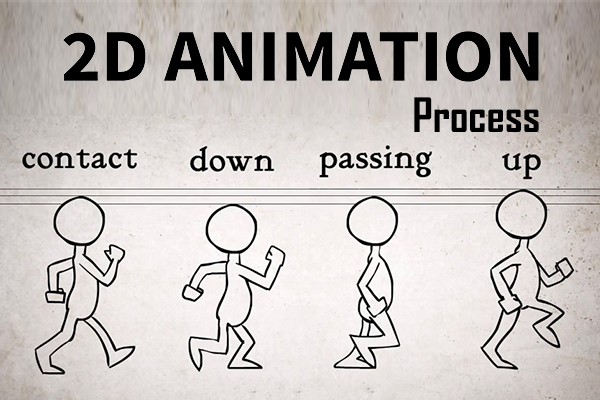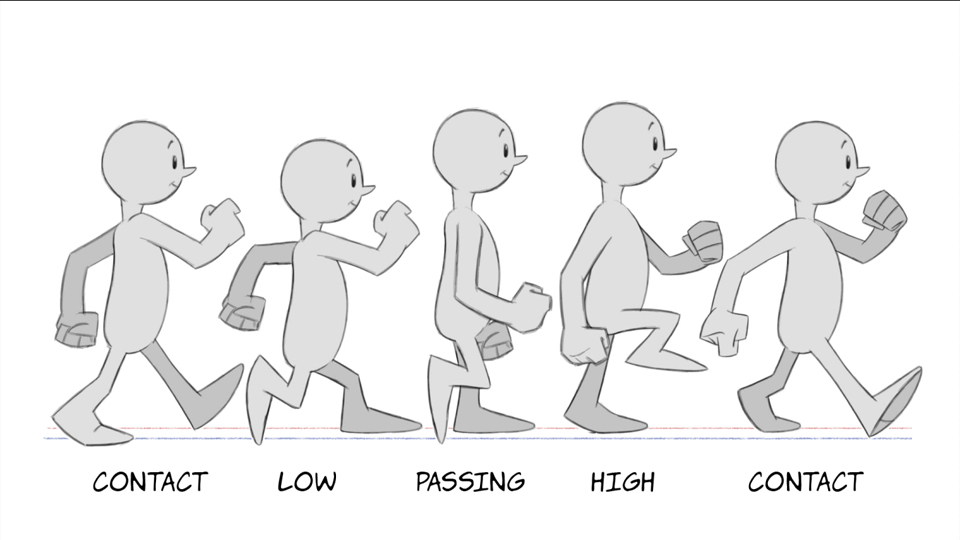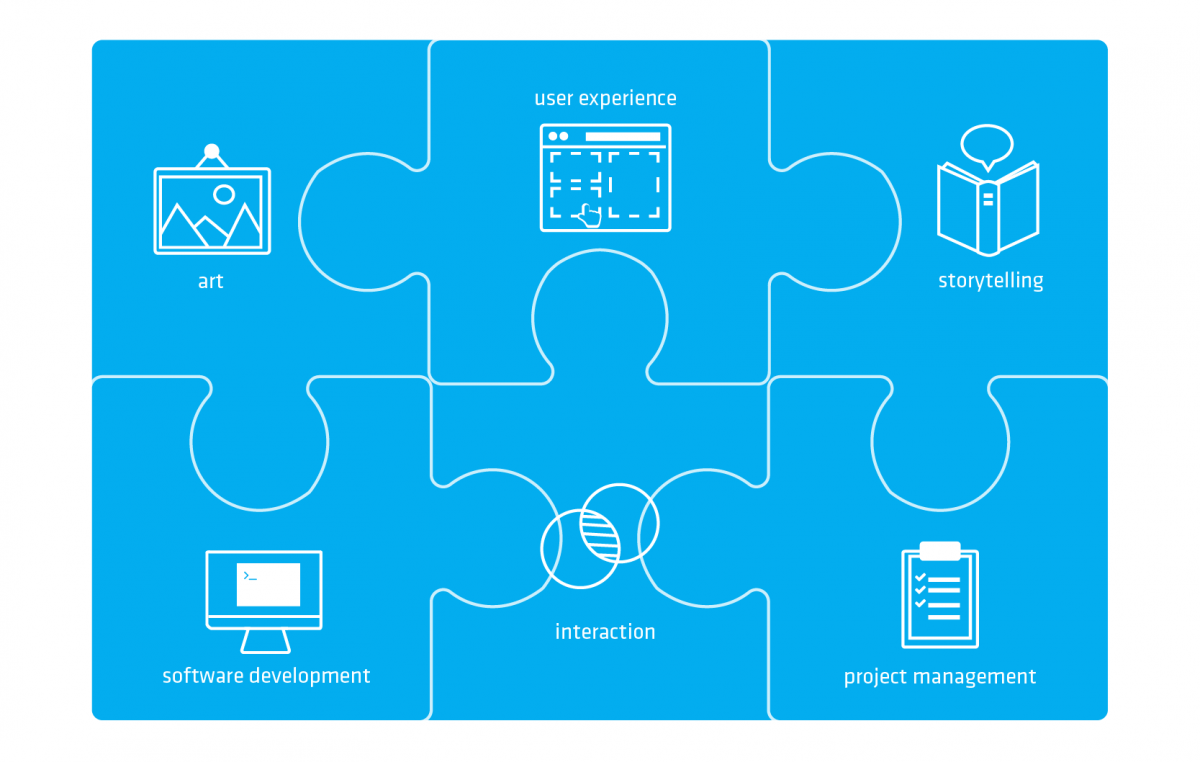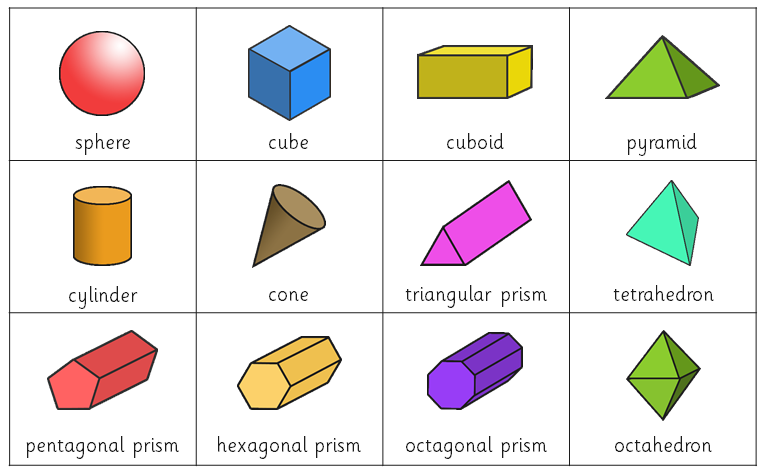In this class, you will learn how to make 2D games and art experiences without programming, using the free Godot game engine with its drag and drop Visual Scripting features.
You will learn basic concepts of programming logic, fundamentals of the Godot Engine and the Godot Editor, Godot Visual Scripting and how to find or make assets for your game.
You don't need prior experience to follow this class, the only requirement is a desire to make games and fun experiments and a computer with any operating system since Godot runs everywhere! This class is aimed at those who are looking to get started in game development or those interested in learning Godot.
First, you will learn what is the Godot Game Engine and what can you make with it. Then you will learn the different ways of how you can make a game with Godot. After that you will learn how to find assets for your game and a brief overview of how to create your own assets, from art to music to sound effects.
Then we will dive in straight into Godot's Visual Scripting to create our game!
Learn how to make levels with tile sheets, how to move a character in 8 directions, how to add pickups, how to add and detect collisions and how to animate a character.

